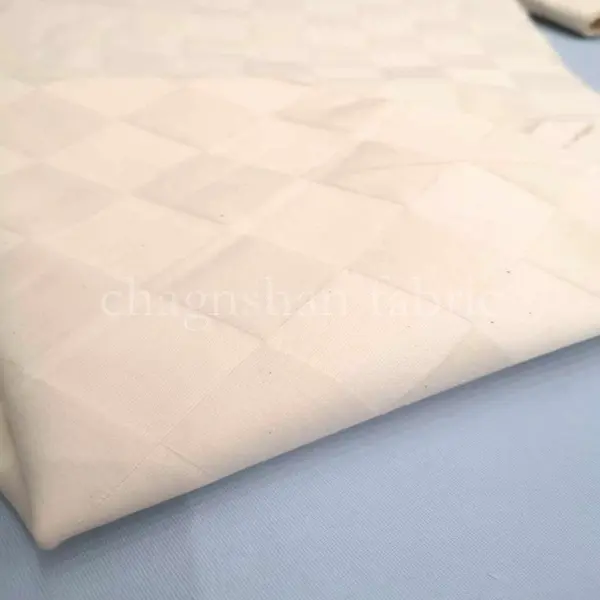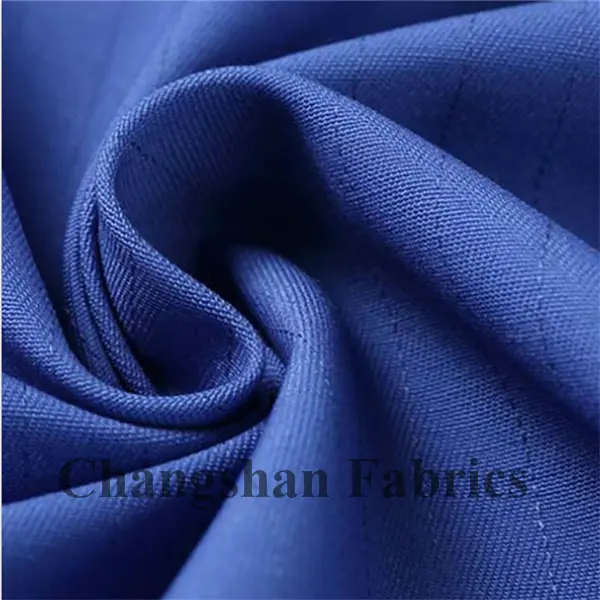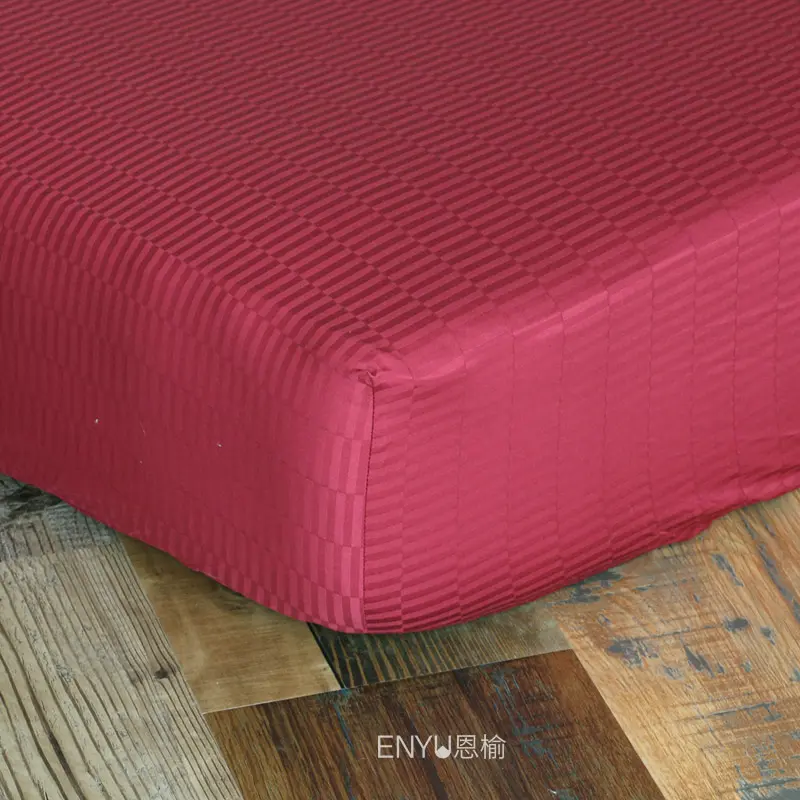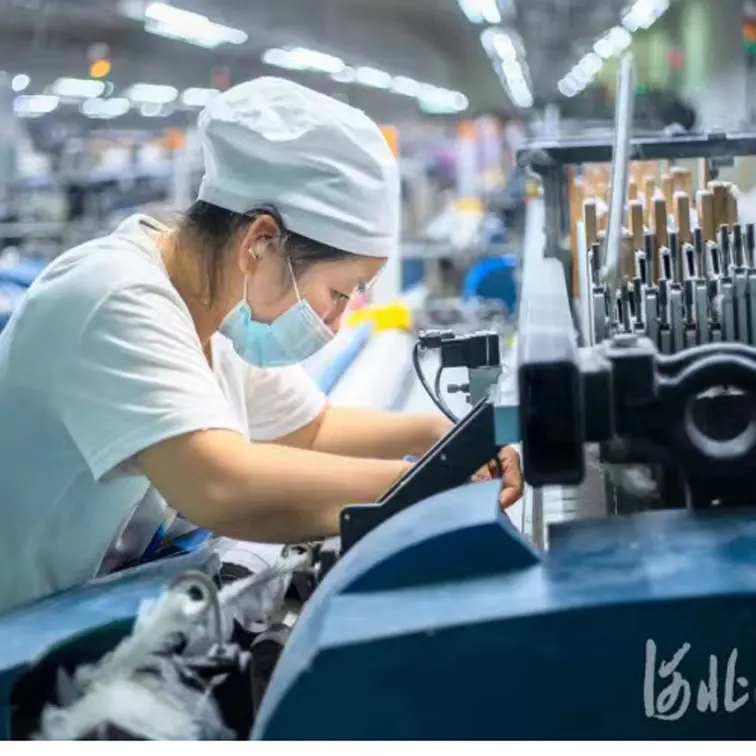Explanation 1: “Light up”
Generally speaking, the phenomenon of “lighting up” refers to the phenomenon of “homochromatic metamerism”:
Two color samples (one standard and one comparison sample) appear to be of equal color (no color difference or small color difference) under one light source (such as D65), while they exhibit significant color difference under another light source (such as A), which is called the “homochromatic metamerism” phenomenon
For this situation, we can describe it as’ lighting up '. That is to say, whether the sample can be matched with the standard sample for color matching depends on selecting a specific light source.
The fundamental reason is that the two samples have different reflections of light (reflection spectrum curves or visible band reflectivity), so it is called “Metamerism”.
The reasons for the “abnormal spectrum” include:
A, Awọn akojọpọ ti pigments ti a lo fun idoti yatọ;
B, Awọn ọna ṣiṣe ti o yatọ, ati bẹbẹ lọ
Explanation 2: “Jumping lights”
In fact, when we talk about “Tao light” in daily life, besides the above meaning, there is another layer of meaning:
It refers to the situation where a single color sample undergoes dramatic color changes under different light sources. At this point, it can be described by “jumping the light”.
So, “jumping the light” can also be said to be a sample.
Fun apẹẹrẹ, ẹlẹrọ awọ ni CIBA yoo sọ nigbati o n ṣeduro awọ CIBA DEEP RED: Awọ yii ko fo pupa labẹ ina A.
(Okọwe naa loye itumọ rẹ pe botilẹjẹpe orisun ina kan ni iye nla ti pupa ati ina ofeefee, awọ CIBA DEEP RED kii yoo ni rilara pupọpupa ju labẹ orisun ina D65.)
Akoko ifiweranṣẹ: May. 10, 2023 00:00



















 Awọ-ore
Awọ-ore Wapọ
Wapọ Ti o tọ
Ti o tọ Ni idaniloju
Ni idaniloju
